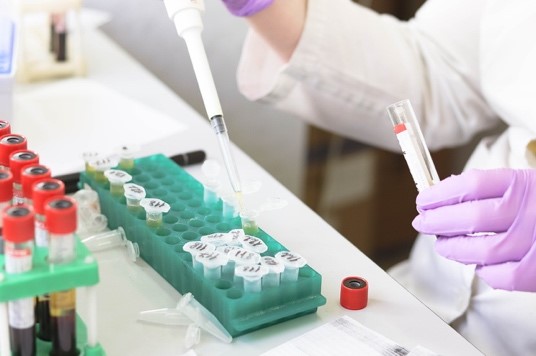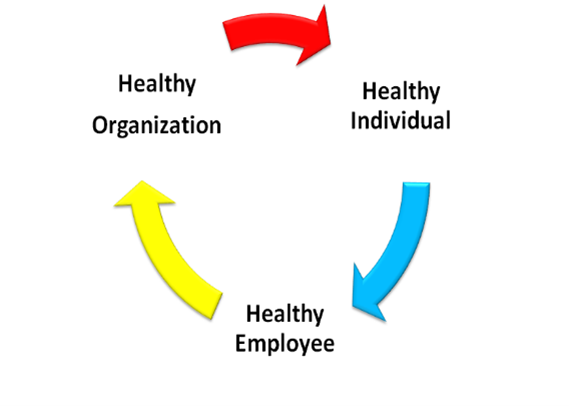 The International Labour Organization estimates that 2.34 million people die each year from work-related accidents or diseases. A further 317 million suffer from work-related injuries. The human cost of this daily hardship is vast, and the economic burden of poor occupational safety and health practices is estimated at 4 per cent of global Gross Domestic Product each year. Just in South Africa, the compensation fund registered 156 223 claims for workplace injuries and diseases during the 2018/2019 financial year.
The International Labour Organization estimates that 2.34 million people die each year from work-related accidents or diseases. A further 317 million suffer from work-related injuries. The human cost of this daily hardship is vast, and the economic burden of poor occupational safety and health practices is estimated at 4 per cent of global Gross Domestic Product each year. Just in South Africa, the compensation fund registered 156 223 claims for workplace injuries and diseases during the 2018/2019 financial year.
The World Day for Safety and Health at Work is celebrated annually on 28 April to promote the prevention of occupational accidents and diseases globally. It is a day set aside to focus attention on the magnitude of the problem and on how promoting and creating a safety and health culture can help reduce the number of work-related deaths and injuries.
It's often perceived that health and safety initiatives may cost money - well yes, they do; however, the results far outweigh the expense. The current COVID-19 crisis highlighted cracks in occupational health and safety (OHS) programmes nationally and effectively demonstrates the importance of strengthening OHS systems.
Robust occupational health and safety programmes result in:
- Reduced medical and compensation fund costs
- Improved workplace culture and job satisfaction
- Improved productivity
- Improved competitiveness in the marketplace
- Improved quality of work
- Reduced absenteeism and employee turnover
- Reduced probability of accidents and exposure to occupational diseases.
Reason enough to invest in maintaining the OHS programmes!
At Stellnebosch University, the Occupational Health team consists of Sr Anneke van Heerden as the Occupational Health Nurse Practitioner and Dr Haidee Williams as the consulting Occupational Medicine Specialist. The OH team forms are a part of Campus Health Service. As a team we enjoy connecting with departments and employees through risk assessments; medical surveillance; and health and wellbeing promotion in the workplace.

The aims of our occupational health programme are to prevent problems from arising; to reduce the harm when an illness or injury does strike; and to minimize any long-term impact from illness or injuries. The highest priority is accorded to the principle of prevention.

The OH program at Stellenbosch University includes, in a nutshell:
Primary prevention programs: Health risk assessment and stratification
- Health and wellbeing promotion in the workplace
- Training on occupational hazards and prevention of exposure
Secondary prevention:
- Health [medical] surveillance: early detection of prior adverse effects while generating valuable health data.
- Assisting with an emergency response planning
Tertiary prevention:
- Health and incapacity management
- Disability management: active process of minimizing the impact of impairment on the individual's capacity to participate competitively in the work environment.
- Injury on Duty management
- Diagnosis of occupational diseases and assessment for compensation

Employee health and safety in the workplace must remain top priority to ensure that every member of staff returns to their family at the end of the workday, whole, healthy and fulfilled.

